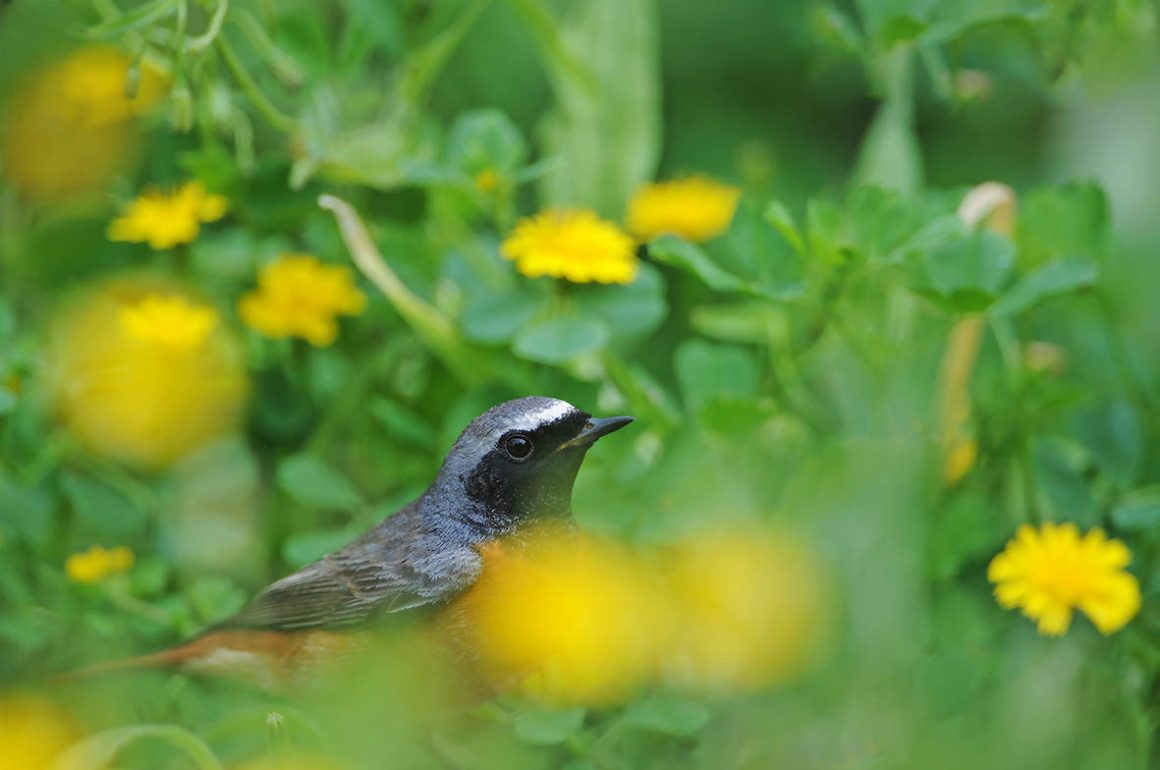
Yesterday morning a thunderstorm woke me up at 530 am. A second one, at sunrise around 8 am, confirmed what I had been expecting for a few days. There would be a fall of migrants. I rushed off and spent the day seeing a spectacle that I have been observing for a few decades now. The trick is to be ready for it and so you are not caught out. Other than seeing the spectacle, I wanted to record as much of it as possible photographically. I am always conscious that I don’t want to disturb birds for the sake of a photo and I am also very aware that the best shots are planned ones where the birds, in a relaxed manner, come to you.
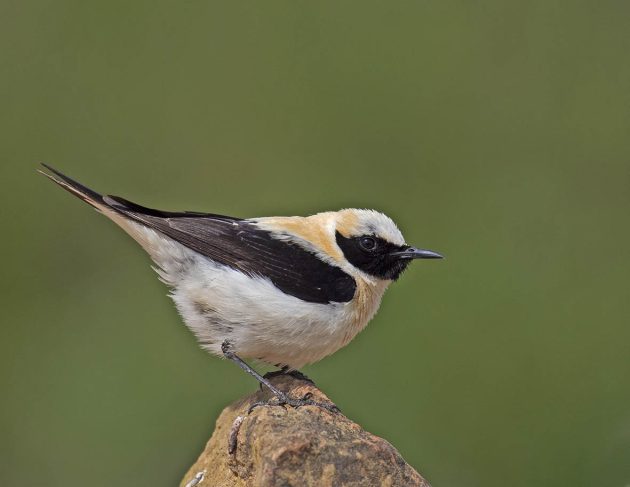
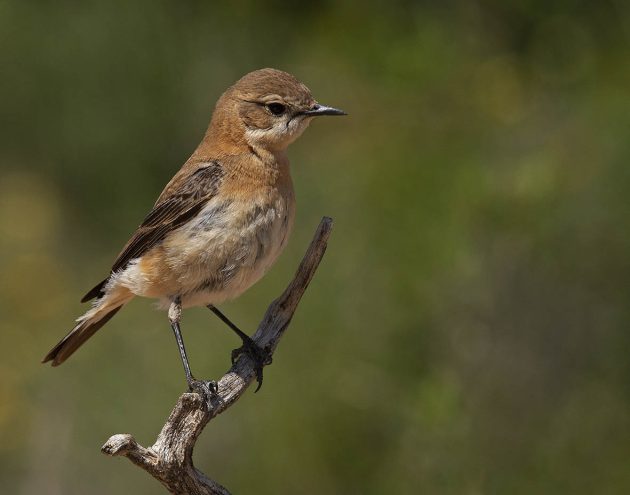
The birds obliged. In the morning, they were everywhere, flitting about soaking wet, uncertain where they were and looking for food. When the rain returned, they hid in the vegetation only to come out again when it eased off. Even though these falls are spectacular, they are no comparison to those in the eastern Mediterranean where the crossing of large stretches of the Mediterranean Sea forces birds to land the moment they see the coast. Falls are more frequent than here, numbers of birds are far higher, and it doesn’t take bad weather to force them down. All the same, a fall of migrants is fun wherever you are and yesterday was no different with warblers, chats and wagtails swarming. I won’t give you a long list. The photos will give you an idea of the migrants now passing us here in the Strait of Gibraltar.
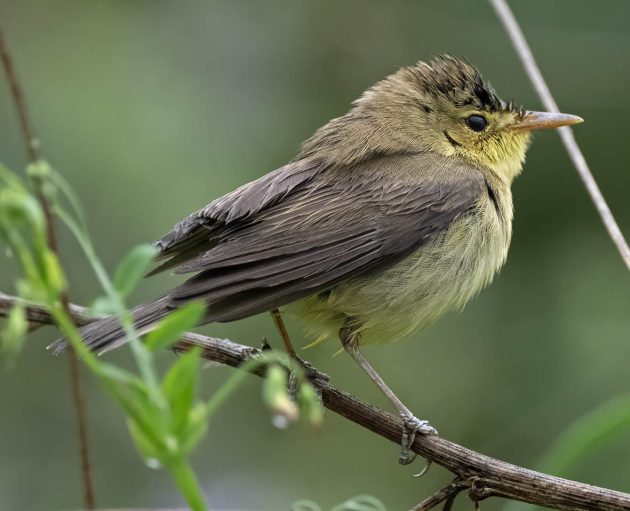
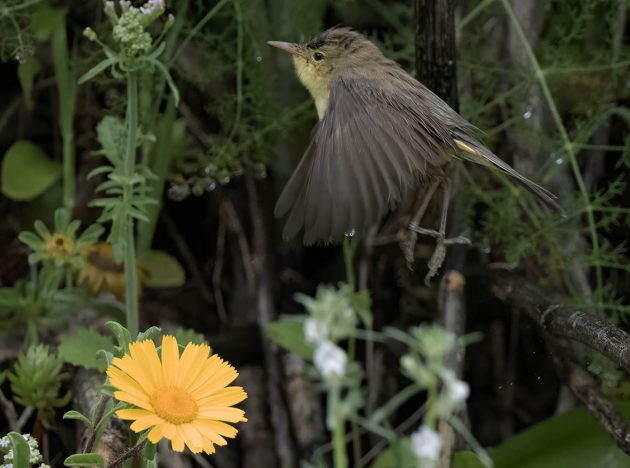
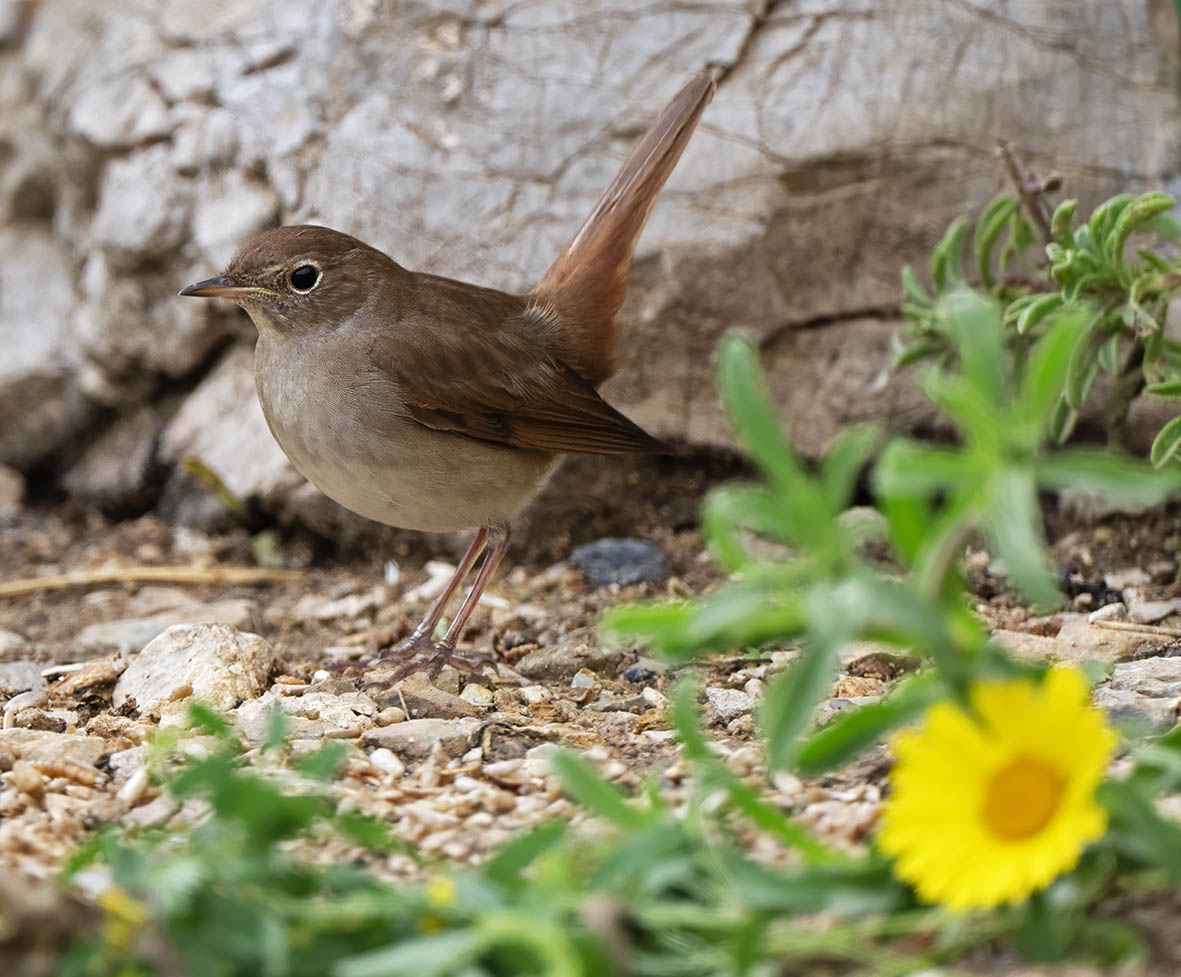
But I will end where I started, with photographing these birds. The advent of digital cameras has opened up opportunities for people to take photographs of birds. Unfortunately, not all adhere the unwritten code of ethics that all of us birders subscribe to. These birds are forced down and are lost. They are in a place that they do not want to be. They are on the verge of death. Energy saving is vital and they will try to feed to replenish lost energy. They have enough with having to put up with feral cats. The last thing they need is people chasing after them for the sake of a photo.
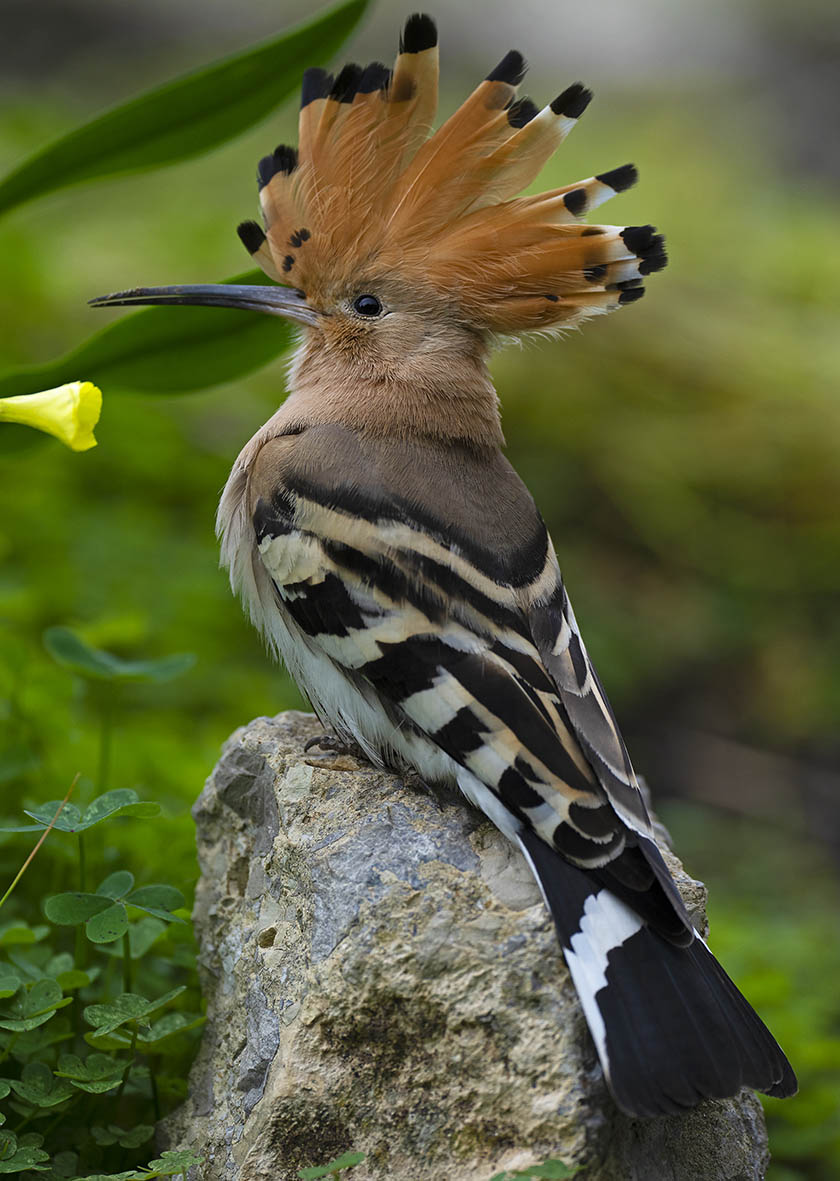
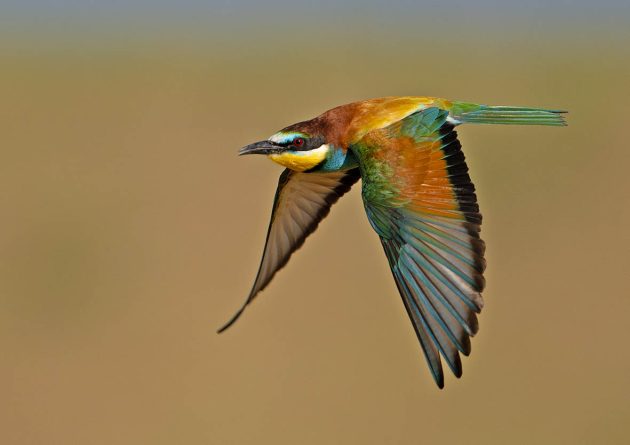
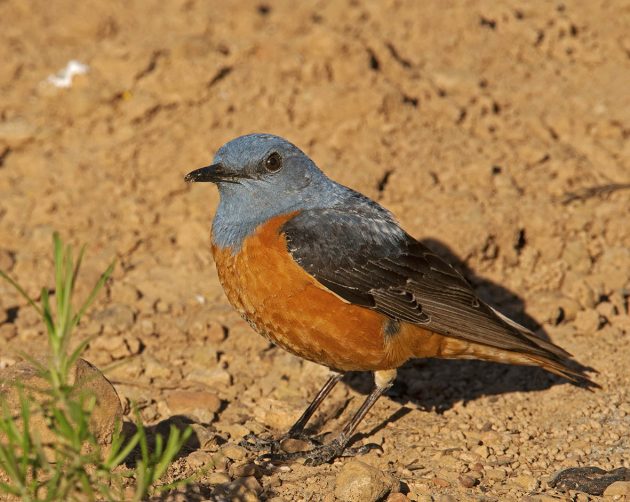
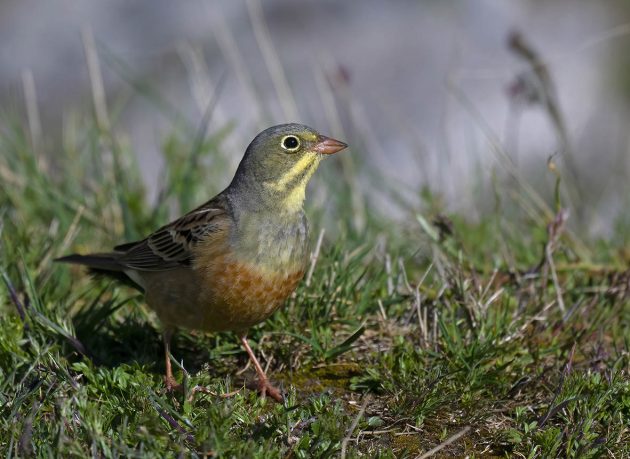
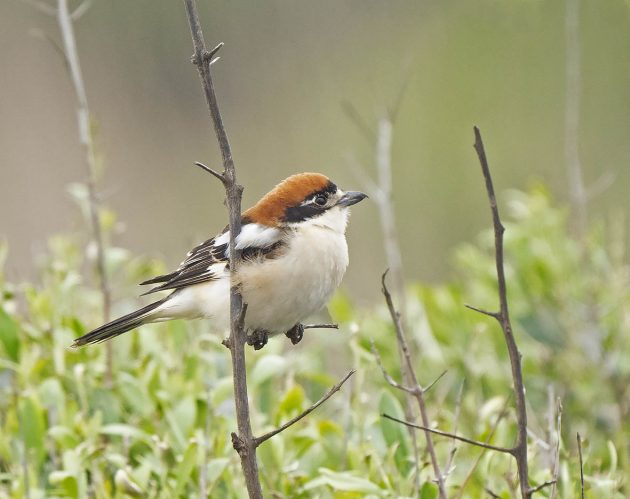
In my day bird-watching, or birding as it is now called, consisted of observing birds and recording our observations. It was not necessary to have to photograph each and every bird that we saw. In fact, the two practices are largely incompatible. But if you want a good photograph, you will only get it by being patient and waiting for the bird to come to your location. You will get great photos of birds in relaxed situations and with great backgrounds. Chasing after them only gives us bad angles, often awful perches and backgrounds; worse still, we don’t let the poor birds recover before the journey ahead.
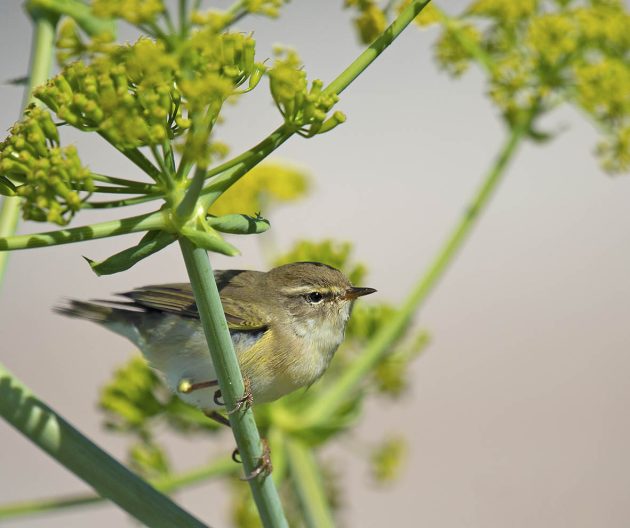
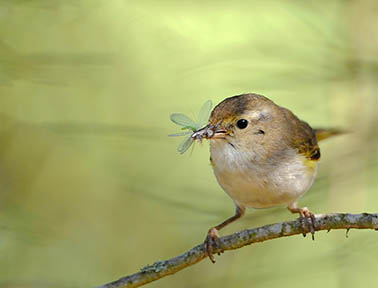
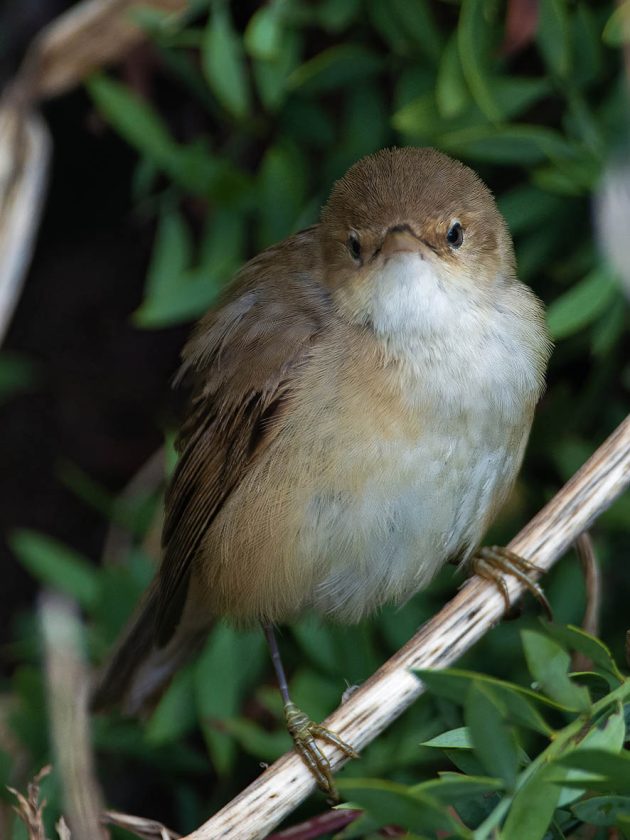
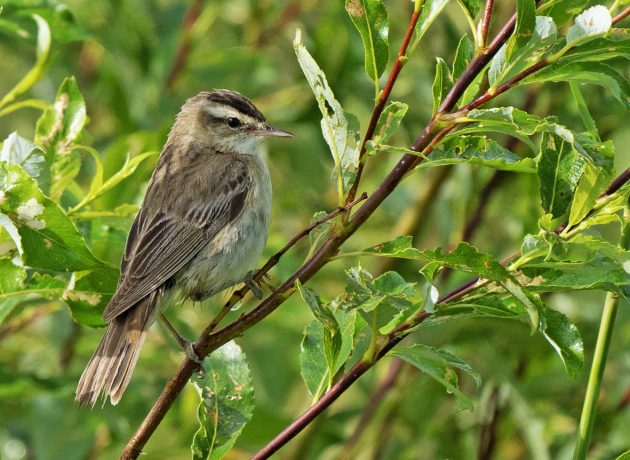
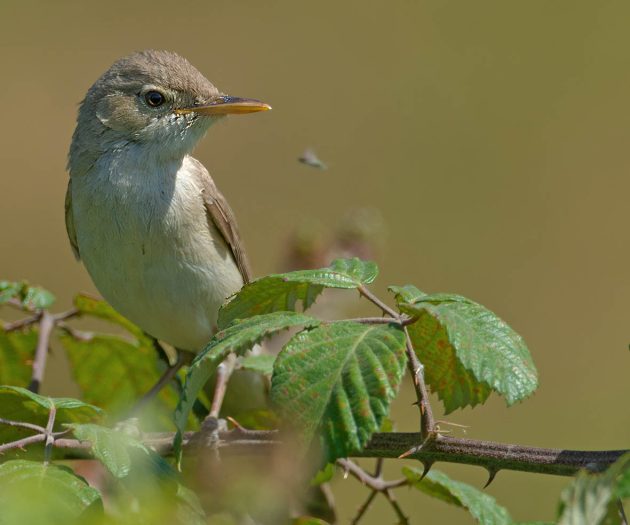
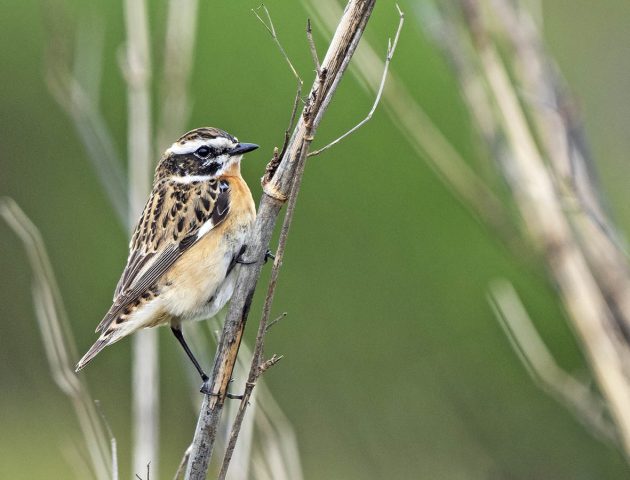
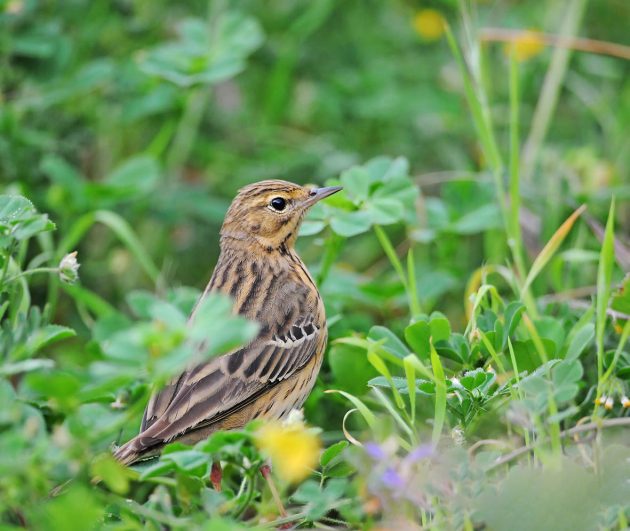
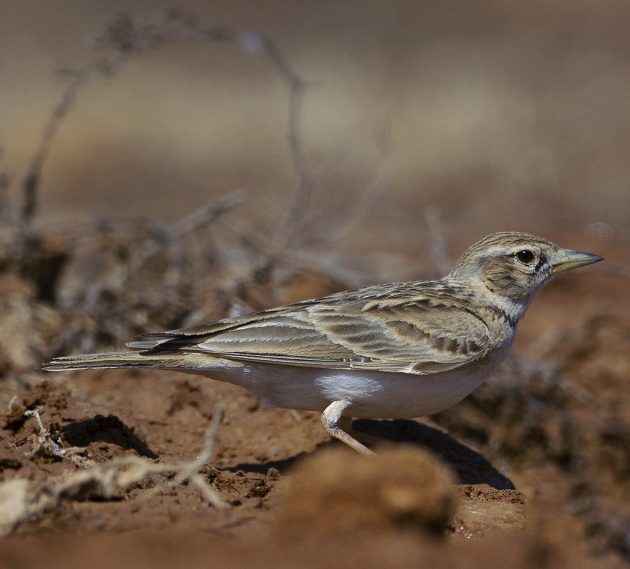


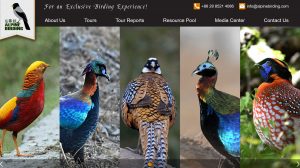
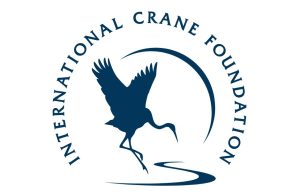







You make some very good points in your post, and the accompanying photos show that you are right about them …
Simply brilliant at all levels
Enjoyed the photos. Thanks!
Thank you, I learn so much from your posts!